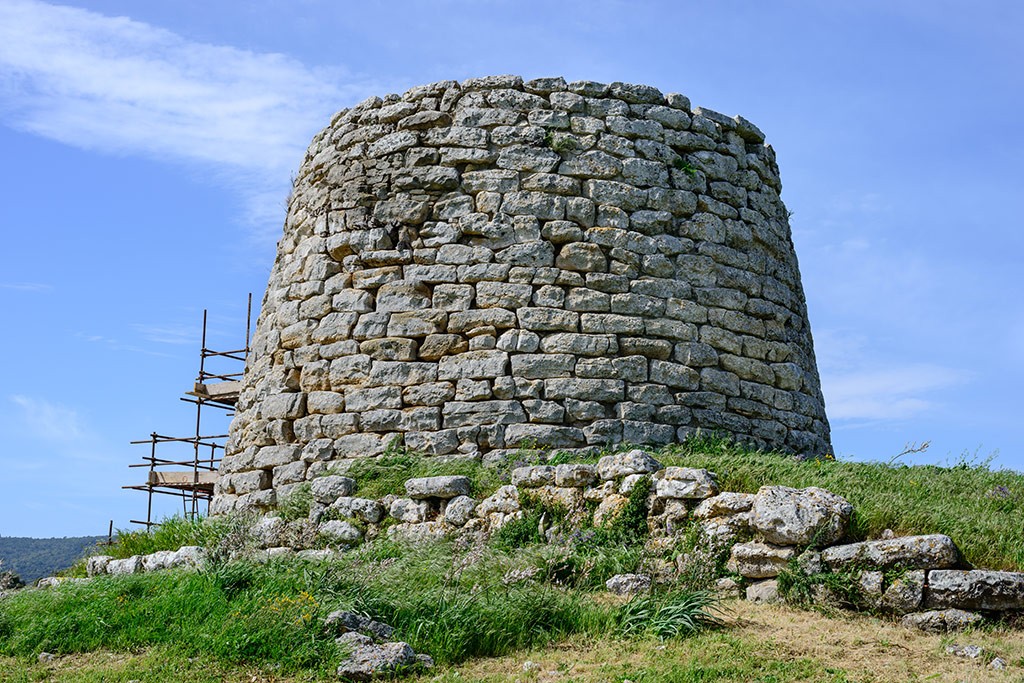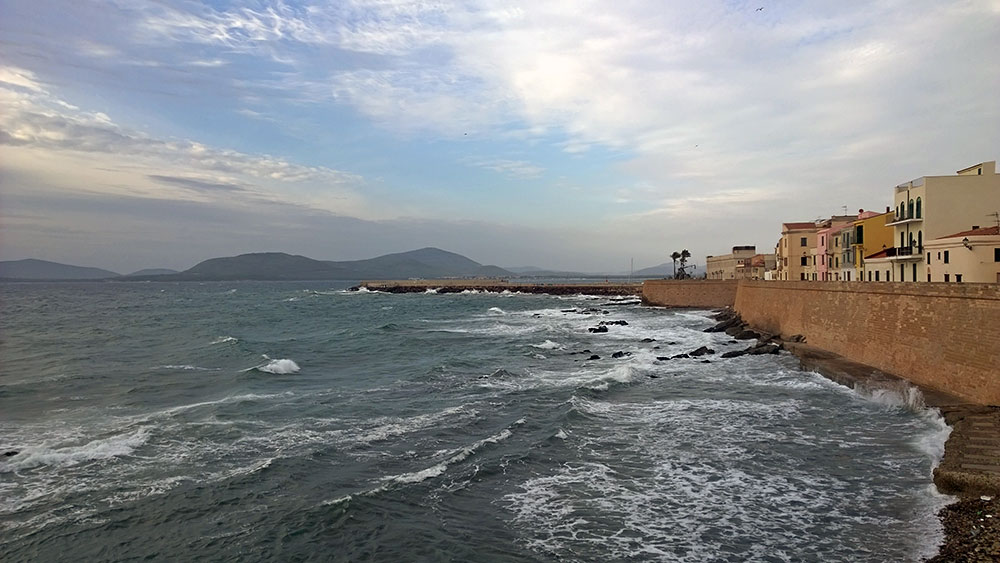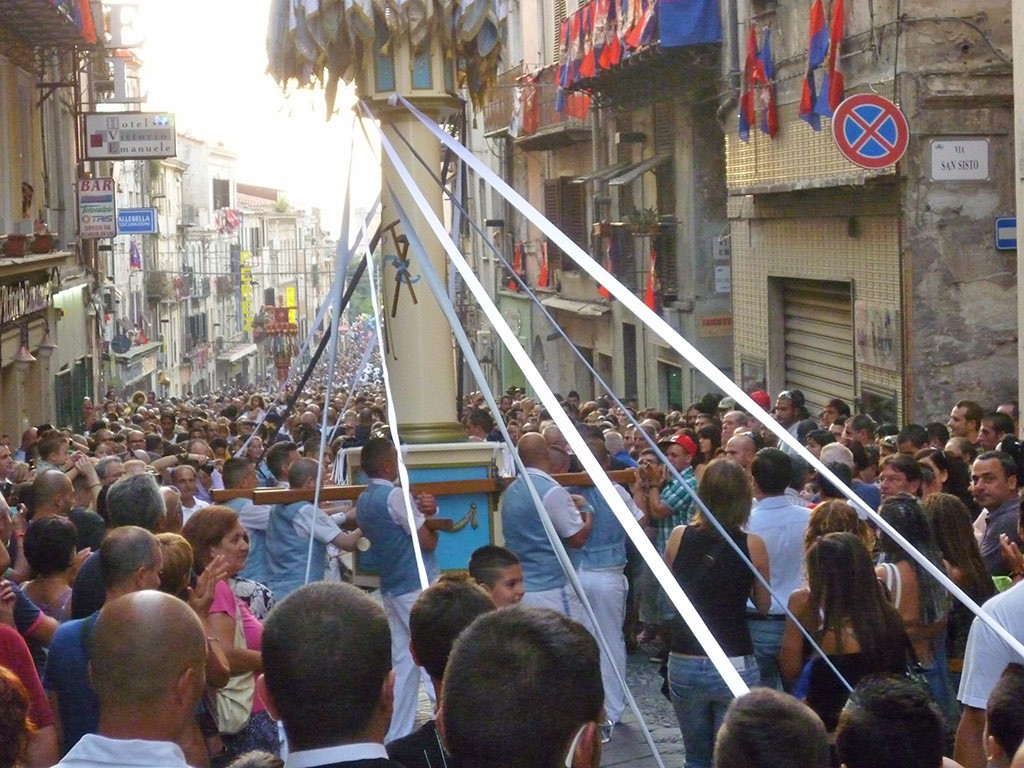I was browsing a lot of travel forums recently and one of the most common questions people ask (or I would say are worried about) is if Sardinia is just about the beaches.
Well, no! I do not understand where people get this bizarre idea from (maybe because Sardinia is an island) but let me state clearly this: Sardinia is not only beaches (although you may find in the island the most amazing ones).
So here it is my 3 reasons to visit Sardinia (I left the beaches out on purpose as I wrote about them in other posts of this blog). Keep on reading.
History and archaeology
Sardinia is a very ancient island. You can still see the ruins of more than 7000 Nuraghi.
Some of them are completely abandoned while others have been restored and in fact are open to tourists. In this article about Nuraghi in Sardinia I discussed about the 3 main Nuraghi that you can visit and which, in my opinion, are the easiest to reach.

These structures are the leftovers of the Nuragic civilization dating back between 1900 and 730BC. So if you are really into history and archaeology you should not miss them.
Moreover, it’s a fact that given its strategic position in the Mediterranean Sea, Sardinia was conquered by many populations like Phoenicians, Carthaginians and Romans among the others.
As a matter of fact, you can still see the ruins of this civilizations in the town of Tharros located on the west coast of Sardinia and Nora located on the south coast near Cagliari.

I have to include in this post also the city of Alghero in the north west part of the island where you can still see the influences of the Catalan domination.
Hint: check the street names (both in Catalan and Italian language), the flag colours (reminiscent of the colours of the Catalonia flag) and the medieval architecture with Catalan influences. The same name Alghero is often referred to as Barceloneta by the Alghero inhabitants.

Furthermore, I’d like to mention also the mysterious Sardinian sculptures known as the Giants of Monte Prama belonging to the Nuragic civilisation; these statues are over 2 metres tall and were found in a necropolis near Cabras (Oristano): therefore, historians argue that these stone warriors protected the necropolis.
You can find the whole article about the Giants of Monte Prama here.
Food in Sardinia
And what about the culinary side of Sardinia? There’s plenty to taste.
Ever heard of the suckling pig “Su Porceddu”? This is the principal dish of the interior areas of Sardinia, actually you can find many restaurants and farm holidays that serve it.
It would be almost impossible to name all of them, the best one I ate was both in Oliena and near Putifigari.
Anyway, I think that any farm holiday house in Sardinia has it one on its own menu.

Speaking of pasta, Malloreddus (also known as “gnocchetti sardi”) and “Sa Fregula” are the most popular ones in Sardinian cuisine. The most popular Sardinian recipe involving Malloreddus is called “Malloreddus alla campidanese” made with a sausage ragout and pecorino. Try it!
On the other hand, “Culurgiones” are the Sardinian alternative to Italian Ravioli and they’re best prepared in the area of Ogliastra (where they were created). Usually they are prepared with tomato sauce, pecorino and basil.
I would also suggest you to try the “bottarga” a food processed from the drying and salting of tuna or mullet roe; one of the most popular Sardinia recipe is called in fact “Spaghetti alla bottarga”.
Culture, festivals and parades
Sardinia is also known for its remarkable traditional parades: I described the major parades of the island in the post about the Descent of the Candle bearers (celebrated each year in Sassari on August 14), in another article about the the Cavalcata Sarda (celebrated again in Sassari usually at the end of May) and in this post about the Festival of Sant’Efisio taking place on May 1st each year to celebrate the Saint who healed the people of Cagliari from an overwhelming plague during the XVII century.

Moreover, Alghero boasts one the most important religious parade of the island which is celebrated during the Holy Week; this religious procession is very interesting because once again it testifies the strict connection of the traditions of Alghero and the Catalan culture.
Additionally, Alghero has been deeply involved for three years in a row with the Italian round of the World Rally Championship held in the Catalan city, Olbia and its surroundings.
So, as you can see, Sardinia is not only about seashores and stunning weather. Tourists who are also looking for culture, history and tradition may as well book in advance their own holidays to enjoy all the things that this wonderful island keeps secretly hidden.

